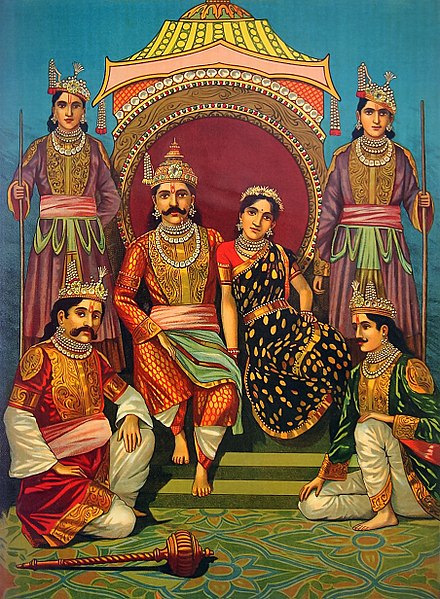Polygyny and polyandry are two forms of polygamy, which involves having multiple spouses. The main distinction between the two lies in the fact that polygyny is the marriage of a man with several women, while polyandry is the marriage of a woman with several men.
Key Takeaways
- Polygyny is the practice of having multiple wives, and is more common in countries with a Muslim majority, such as some African and Middle Eastern countries.
- Polyandry is the practice of having multiple husbands, which is rarer than polygyny and can be found in societies with scarce environmental resources, such as parts of China, Nepal, and northern India.
- Both polygyny and polyandry are less common today, as most developed countries practice monogamy.
What is Polygyny?
Polygyny is the practice of having multiple wives, meaning a marriage in which two or more women share a husband. This term comes from the Greek words “poly,” meaning “many,” and “gyne,” meaning “woman” or “wife.” A man can have multiple wives simultaneously or marry one or more women while already married.
Although polygyny used to be a common practice in the past, today, it is not as widely accepted, as monogamy has become the norm. Most countries that practice polygyny are countries with a Muslim majority. Polygyny is more widespread in Africa than in any other continent and is legal in Middle Eastern countries and some African countries such as Somalia, Uganda, Gambia, and Gabon. However, in countries like India, Malaysia, Sri Lanka, Singapore, and the Philippines, polygyny is only legal for Muslims.
In many societies, polygyny is typically common only among wealthy and powerful men. Some agricultural societies may also engage in this practice, as having multiple wives can provide additional labor. However, polygyny is generally considered a practice with adverse effects, as it tends to degrade women.
What is Polyandry?
Polyandry is the practice of having more than one husband, meaning a marriage where a woman can have multiple husbands. This term comes from the Greek words “polys,” meaning “many,” and “anēr, andros,” meaning “man.” When the husbands in the polyandrous marriage are brothers, this marriage is called fraternal polyandry or adelphic polyandry.
In general, polyandry is a rare practice compared to polygamy. However, it is practiced among Tibetans in Nepal, parts of China, and parts of northern India. Draupadi’s marriage to the five Pandava princes in the Hindu epic Mahabharata is an early example of a polyandrous marriage.
Polyandry is generally considered more likely to be present in societies with scarce environmental resources, as it can limit population growth. Moreover, fraternal polyandry prevents the family and family from dividing. For example, if every brother has a separate wife and children, the land would have to be split into small plots. Therefore, brothers sharing a wife is a solution to this land problem.
What is the Difference Between Polygyny and Polyandry?
The key difference between polygyny and polyandry is that polygyny is the practice in which a man can have more than one wife, whereas polyandry is the practice in which a woman can have more than one husband. Furthermore, polygyny is a more common practice than polyandry.
Summary – Polygyny vs Polyandry
Polygyny and polyandry are two forms of polygamy. The main difference between polygyny and polyandry is that polygyny is the marriage of a man with several women, whereas polyandry is the marriage of a woman with several men.
